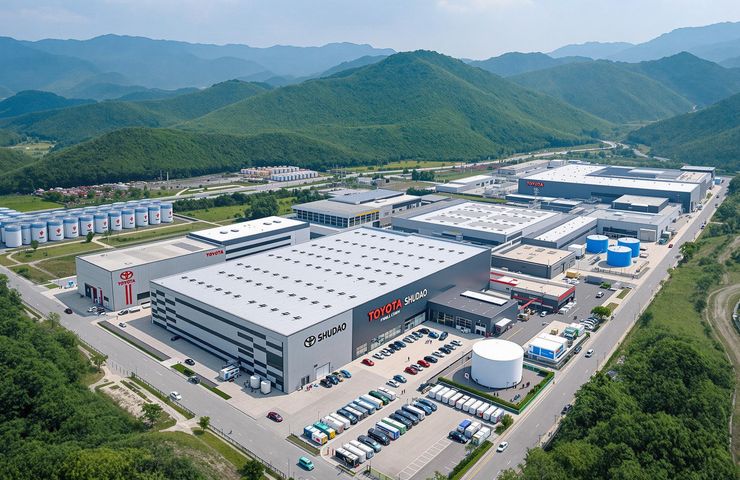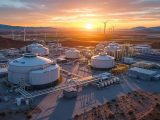
Hydrogen Fuel Cell Plant: Toyota’s $139M JV Breakthrough in Chengdu
August 5, 2025Something big dropped on July 3, 2025—Toyota Motor Corporation and China’s Shudao Investment Group teamed up in a Toyota hydrogen JV to launch a cutting-edge hydrogen fuel cell plant in Chengdu, Sichuan. With roughly $124–139 million on the table, this factory will crank out both core components and full fuel cell systems for heavy-duty rides, cementing Toyota’s play in Asia’s expanding hydrogen commercial vehicles scene.
Strategic Rationale Behind the JV
Toyota’s been all-in on hydrogen-powered transport ever since the Mirai rolled out, and this venture is the next logical step on that journey. Over in green energy China, the “dual carbon” targets—emissions peaked by 2030 and net-zero by 2060—have put hydrogen squarely in the spotlight. Toss in incentives like green power subsidies, low-cost hydrogen, and tax breaks from the Chengdu government, and you’ve got yourself a recipe for success.
By marrying Toyota’s R&D firepower with Shudao’s grassroots know-how, this partnership sidesteps the usual hurdles: faster commercialization, lower logistics costs, and full access to Chengdu’s robust manufacturing base. This Chengdu hydrogen hub is set to be Toyota’s cornerstone for hydrogen roll-outs in China—and a scalable model for future global plug-ins.
Regional Impact: Chengdu as a Hydrogen Hub
With more than 16 million residents, Chengdu has been angling for a spot at the top of the clean energy game. Blessed with abundant renewables, streamlined logistics, and a deep talent pool, it’s the perfect stage for hydrogen innovation. This new plant will spark local industrial growth, create hundreds of jobs, and anchor an entire supply chain—from storage and refueling stations to maintenance crews.
The local government is sweetening the pot with green electricity discounts and land-lease support, shaving production costs and making the leap to hydrogen commercial vehicles a no-brainer for transport operators. That means cleaner fleets rolling out across the region in record time.
Global Ripple Effects: Platinum, Partnerships, and Beyond
Here’s the kicker: this Toyota hydrogen JV is a shot in the arm for platinum group metals. Since platinum is the heartbeat of PEM catalysts, China’s ramp-up in fuel cell deployment spells bigger demand—and brighter prospects for South African producers.
On the diplomacy front, this collaboration tightens Sino-Japanese industrial ties and sets a fresh benchmark for public-private teamwork on decarbonization. Eyes from Europe to Australia will be glued to Chengdu, and similar Chengdu hydrogen hub blueprints are likely to crop up worldwide.
Built for the Future: A Unified R&D and Production Hub
This isn’t just another factory. It’s a fully integrated center that brings R&D, production, sales, and after-sales service under one roof. That synergy cranks up operational efficiency and slashes innovation cycles. Slated to flip the switch by year-end 2025, this hub proves that smart design plus policy alignment can fast-track the energy transition.
Bottom line: Toyota and Shudao’s Chengdu venture shows hydrogen’s potential at scale. With solid local support, next-gen tech, and a clear path to market, this project is poised to steer the energy transition—in China and beyond.



 With over 15 years of reporting hydrogen news, we are your premier source for the latest updates and insights in hydrogen and renewable energy.
With over 15 years of reporting hydrogen news, we are your premier source for the latest updates and insights in hydrogen and renewable energy.